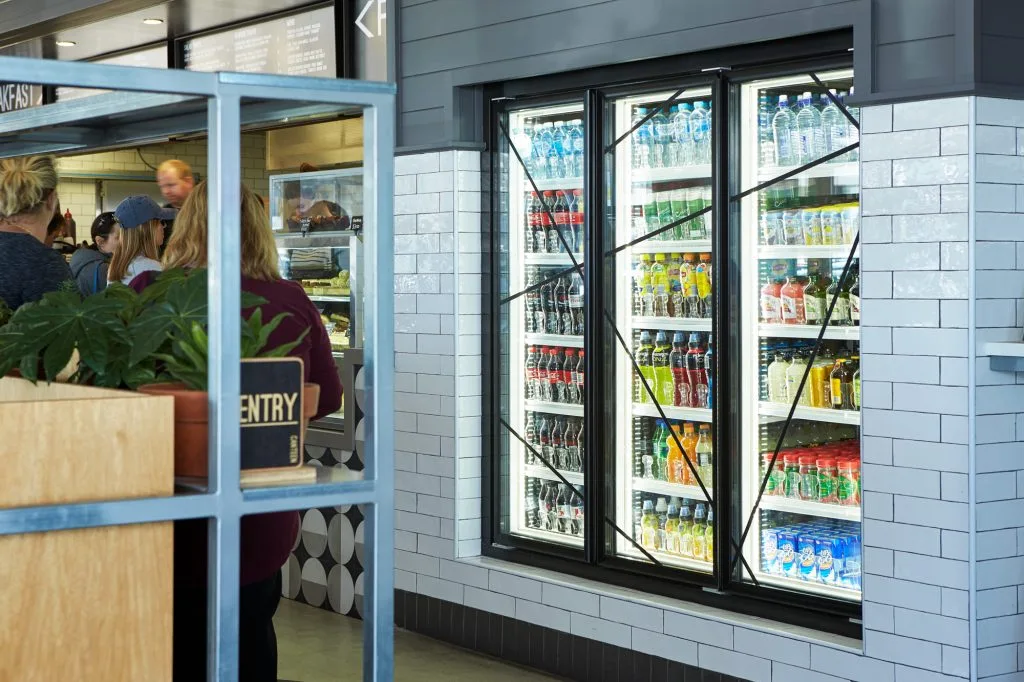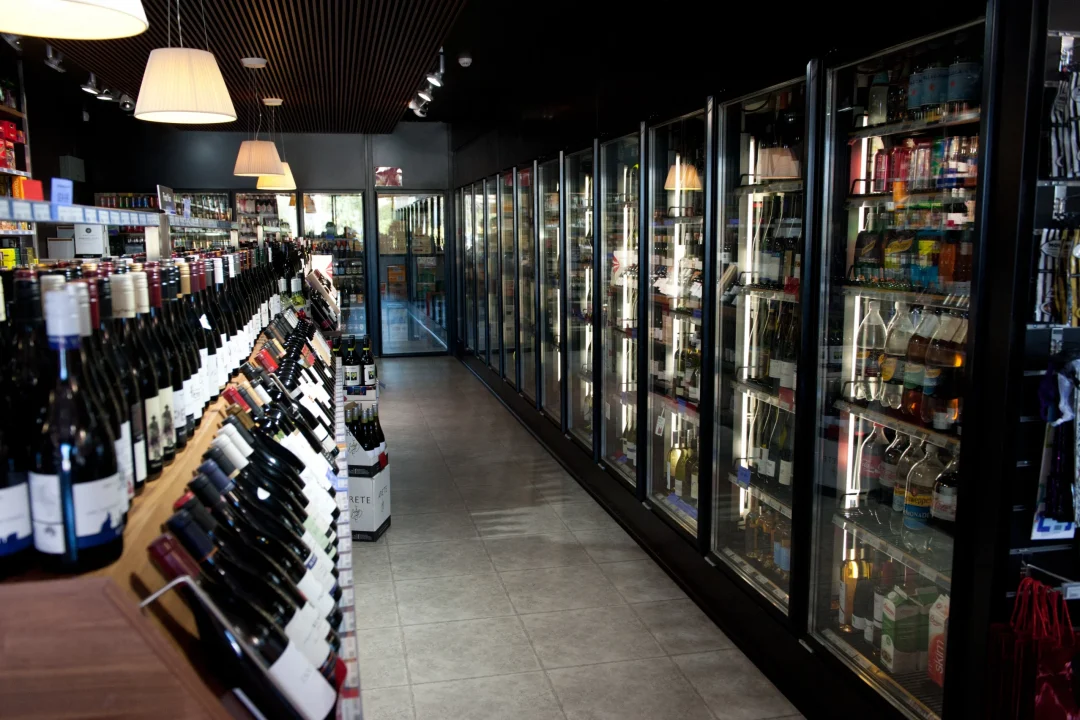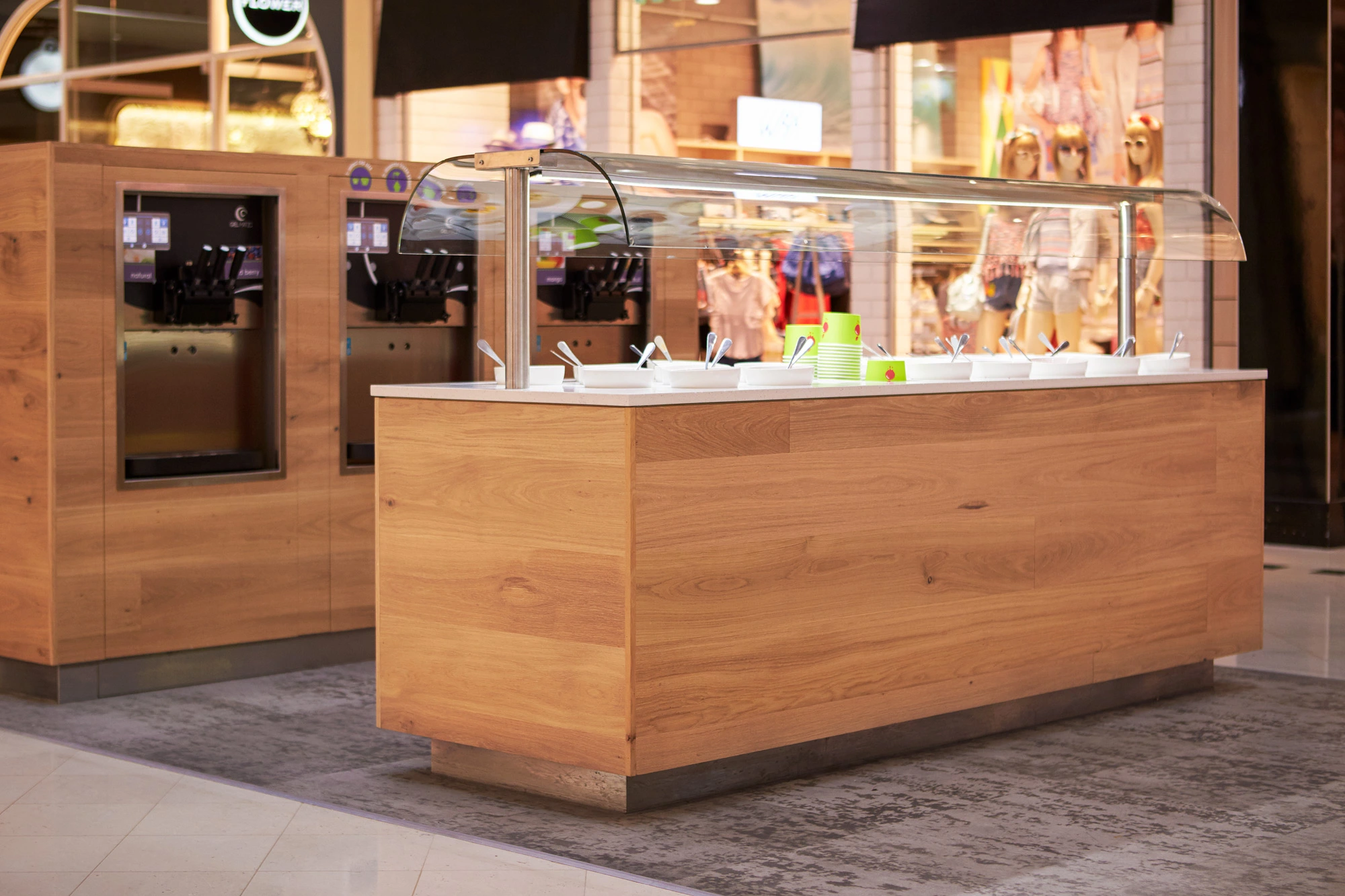INSIGHTS
How to Maintain Your Marine Refrigeration System: 10 Crucial Post-Installation Tips
Picture this: you’ve just installed your new marine refrigeration system, and it’s working perfectly. But as you take a moment to admire the setup, you wonder – “What’s next?”
Installing a marine refrigeration system is just the beginning. You might wonder about the next steps to ensure your system remains in top-notch condition. Should you schedule a maintenance check? Perhaps you need to monitor the refrigerant levels? Or maybe it’s time to learn how to keep the system running efficiently?
In this blog post, we’ll guide you through the essential steps to care for your marine refrigeration system post-installation. By the end, you’ll have a clear understanding of how to maintain and optimise your system, ensuring it operates efficiently and lasts for years to come. Let’s dive in and show you how it’s done.
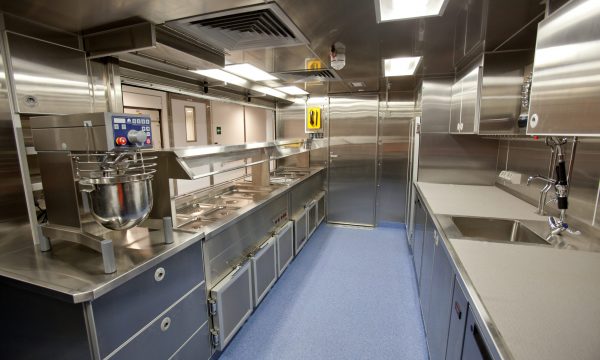

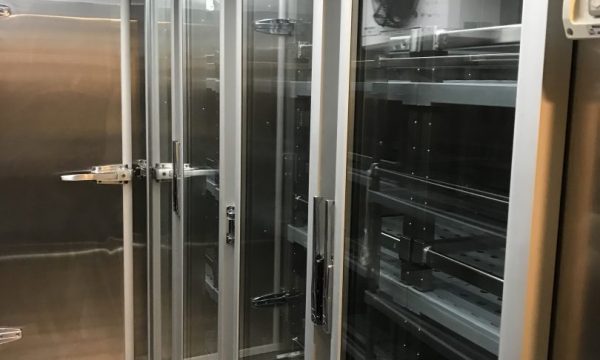

How to Care for Your Marine Refrigeration System Post
Installation
After installing your new marine refrigeration system, it’s essential to follow specific care and maintenance steps to ensure its longevity and optimal performance. Proper care not only prevents costly repairs but also ensures your system operates efficiently, keeping your marine environment comfortable and functional.
Regular Inspection and Cleaning
The first step in caring for your marine refrigeration system is regular inspection and cleaning. Inspect the system monthly for any signs of wear, leaks, or unusual noises. Clean the condenser coils at least every three months to prevent dust and debris buildup, which can hinder the system’s efficiency. Use a soft brush or vacuum to gently clean the coils, ensuring they remain free of obstructions.
Checking and Recharging Refrigerant Levels
Maintaining the correct refrigerant levels is crucial for the efficiency of your marine refrigeration system. Check the refrigerant levels bi-annually or as recommended by the manufacturer. Low refrigerant levels can lead to decreased cooling performance and increased energy consumption. If you notice any discrepancies, it’s advisable to contact a professional technician to recharge the refrigerant and check for leaks.
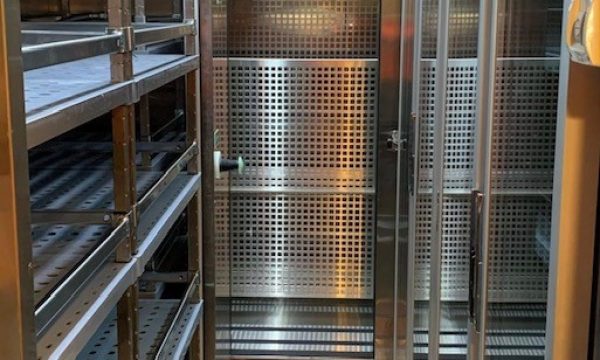

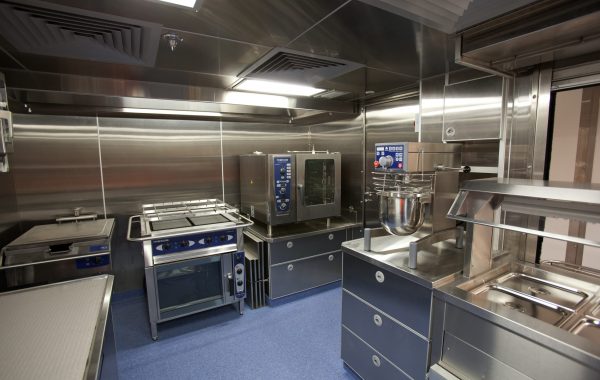

Monitoring Electrical Connections
Ensure that all electrical connections are secure and free of corrosion. Saltwater environments can cause corrosion on electrical components, which may lead to system malfunctions. Inspect the electrical connections regularly and apply a corrosion inhibitor if necessary. This practice helps in maintaining a stable power supply to your refrigeration system.
Lubricating Moving Parts
Your marine refrigeration system has several moving parts that require regular lubrication to function smoothly. Lubricate the motor and fan bearings every six months to reduce friction and wear. Use manufacturer-recommended lubricants to avoid damage to the components. Proper lubrication extends the lifespan of the moving parts and enhances the overall efficiency of the system.
Testing and Adjusting Thermostats
Periodically test the thermostat to ensure it’s accurately controlling the temperature. If the thermostat is faulty, it can lead to inconsistent cooling or overworking of the refrigeration system. Adjust the thermostat settings according to the seasonal temperature changes and the specific needs of your marine environment. A properly functioning thermostat helps in maintaining the desired temperature efficiently.
Scheduling Professional Maintenance
While regular DIY maintenance is essential, scheduling professional maintenance annually is equally important. A professional technician can perform a thorough inspection, identify potential issues early, and perform necessary repairs or adjustments. This proactive approach helps in preventing major breakdowns and extending the life of your marine refrigeration system.
Keeping an Eye on Performance
Lastly, always monitor the performance of your marine refrigeration system. Be alert to any changes in cooling efficiency, unusual noises, or increased energy consumption. Early detection of performance issues allows for timely interventions, preventing minor problems from escalating into major repairs.
Conclusion
Taking care of your marine refrigeration system after installation is crucial to ensure its longevity and optimal performance. The steps you take post-installation can make a significant difference in how well your system operates and how long it lasts.
Remember, regular inspection and cleaning, checking and recharging refrigerant levels, and monitoring electrical connections are key to preventing issues and maintaining efficiency. Don’t forget to lubricate moving parts, test and adjust thermostats, and schedule professional maintenance annually. Keeping an eye on your system’s performance will help you catch any problems early before they become costly repairs.
By following these best practices, you’ll not only extend the life of your marine refrigeration system but also ensure it runs smoothly and efficiently. Ready to get started? Schedule your first maintenance check today and keep your marine environment comfortable and reliable for years to come.
FIND OUT MORE ABOUT LAZCO
See why we’re the leaders in Commerical Refrigeration & Sheet Metal Fabrication
